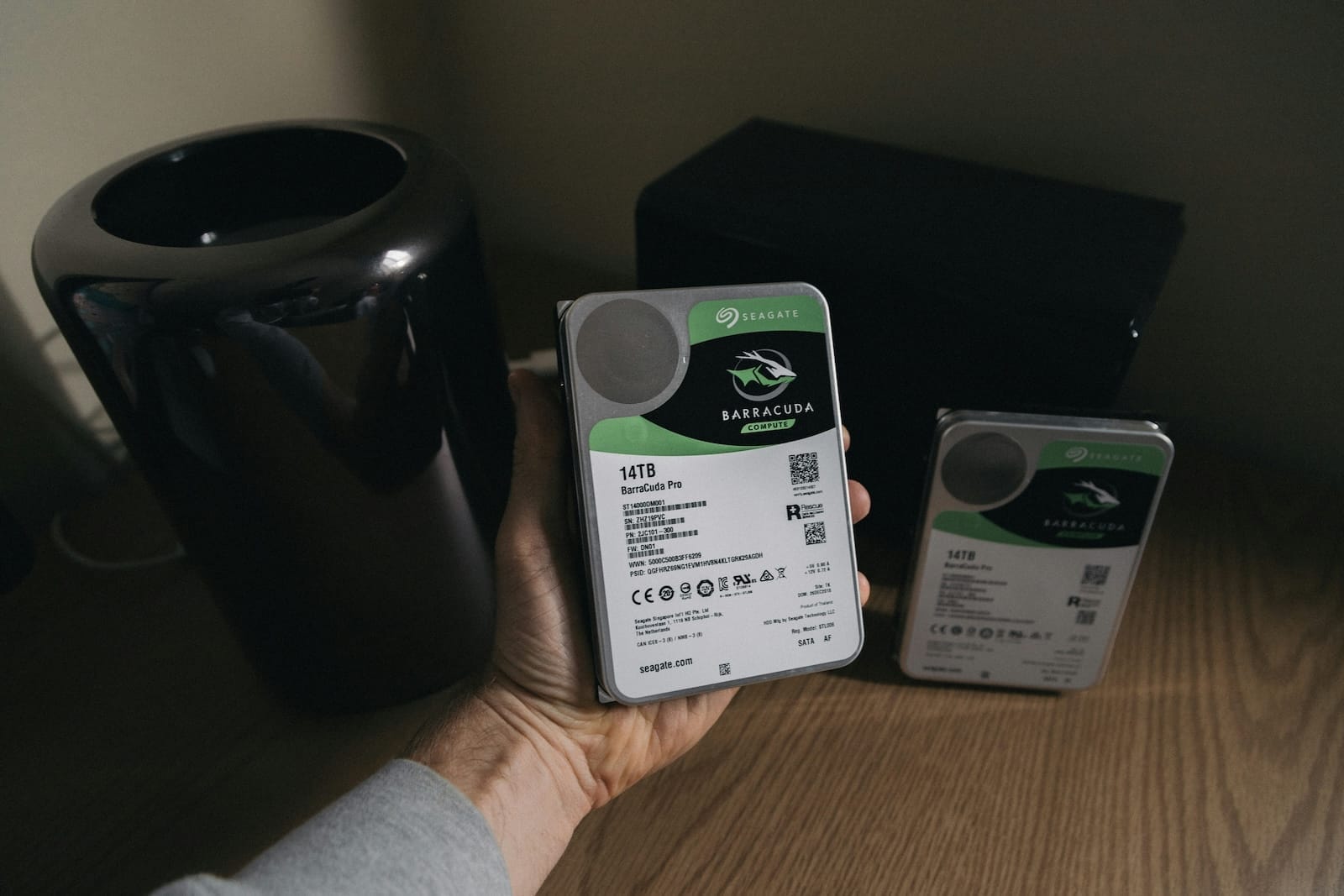In the world of storage technology, RAID (Redundant Array of Independent Disks) is an essential configuration to enhance data security and performance. Among the various RAID levels, RAID 5 stands out for its balance between performance, storage capacity, and fault tolerance. This article breaks down everything you need to know about RAID 5.
What is RAID 5?
RAID 5 is a type of storage configuration that distributes data and parity (redundancy information) across three or more hard drives. The parity allows for data reconstruction in case of a disk failure. This configuration is particularly favored in business environments and servers due to its balance between performance, capacity, and security.
How RAID 5 Works
RAID 5 uses a method of distributed parity. This means that data and parity are distributed across all the disks in the configuration. Every time a data block is written to the disks, parity is generated and stored on a different disk. This process repeats cyclically, ensuring that not all parity is stored on a single disk.
For example, if you have a RAID 5 configuration with three disks (A, B, and C):
In the first write, data is stored on A and B, and parity on C.
In the second write, data is stored on B and C, and parity on A.
In the third write, data is stored on A and C, and parity on B.
Advantages of RAID 5
Fault tolerance: RAID 5 can withstand the failure of a single disk without data loss. Distributed parity allows for the reconstruction of lost data on a new disk.
Performance balance: RAID 5 offers good read and write performance. Although not as fast as RAID 0 in terms of write speed, it provides a significant improvement compared to RAID 1.
Storage efficiency: Unlike RAID 1, which duplicates data on each disk, RAID 5 uses storage capacity more efficiently, dedicating only the space equivalent to one disk for parity.
Disadvantages of RAID 5
Requires at least three disks: The minimum configuration for RAID 5 is three disks, which can increase the initial cost.
Slow repair: Rebuilding a failed disk can be a slow and resource-intensive process, especially with large capacity disks.
Does not tolerate multiple failures: If two disks fail simultaneously, all data in the RAID 5 array will be lost.
Common Uses of RAID 5
RAID 5 is popular in environments where cost-effectiveness is crucial, such as small and medium businesses, file servers, and critical data storage. Its ability to provide redundancy with good performance makes it ideal for read-intensive applications like databases and web servers.
Configuring and Maintaining RAID 5
RAID 5 configuration is usually done through a dedicated RAID controller or via software RAID on modern operating systems. It is important to regularly monitor the status of the disks and have an additional backup plan, as the failure of more than one disk will result in data loss.
RAID 5 is a versatile and effective option for those seeking a balance between performance, capacity, and data security. By distributing both data and parity across multiple disks, RAID 5 offers fault tolerance and efficient use of storage space. However, it is essential to understand its limitations and ensure proper backup measures are in place to protect against potential multiple disk failures.

